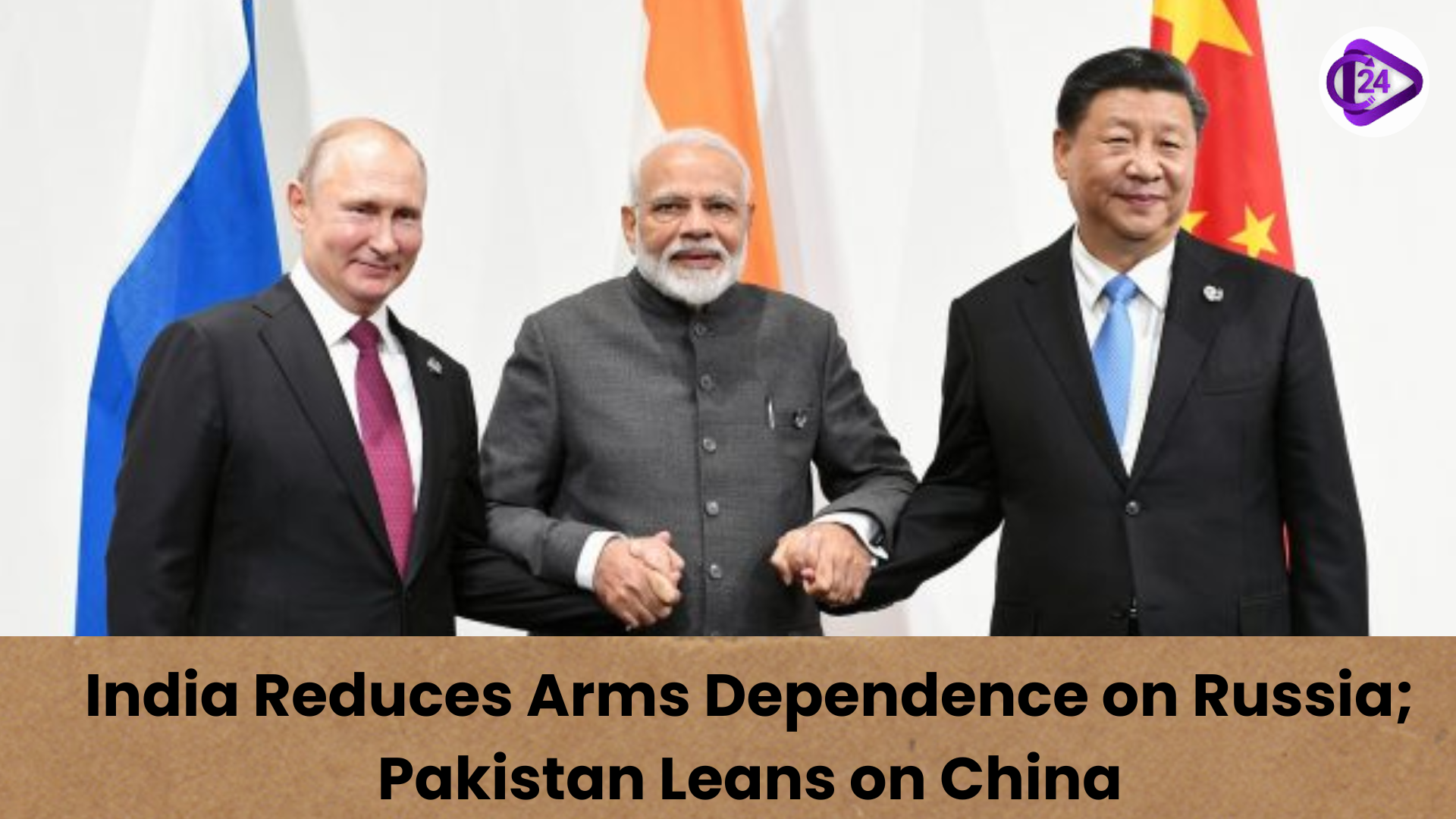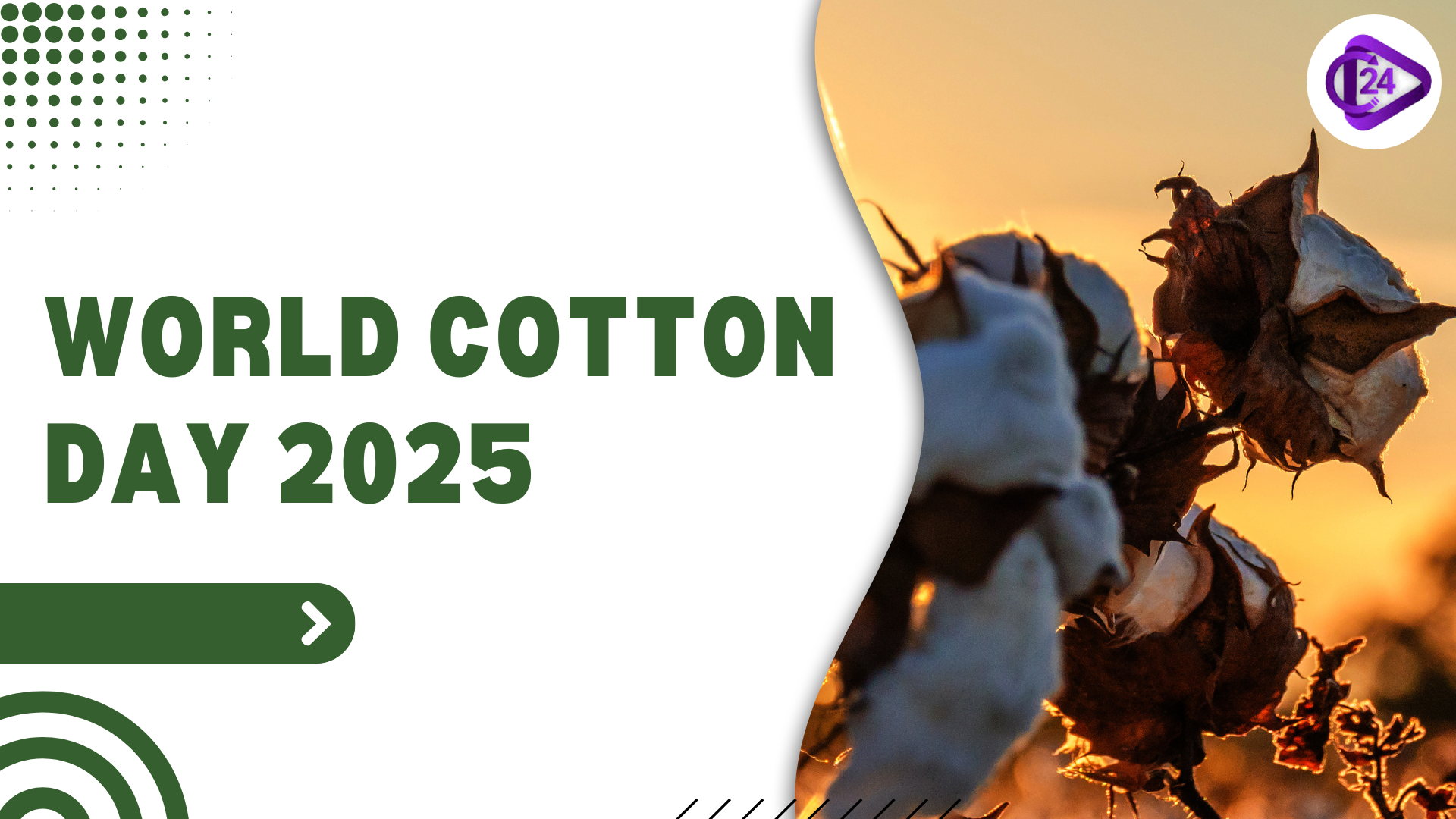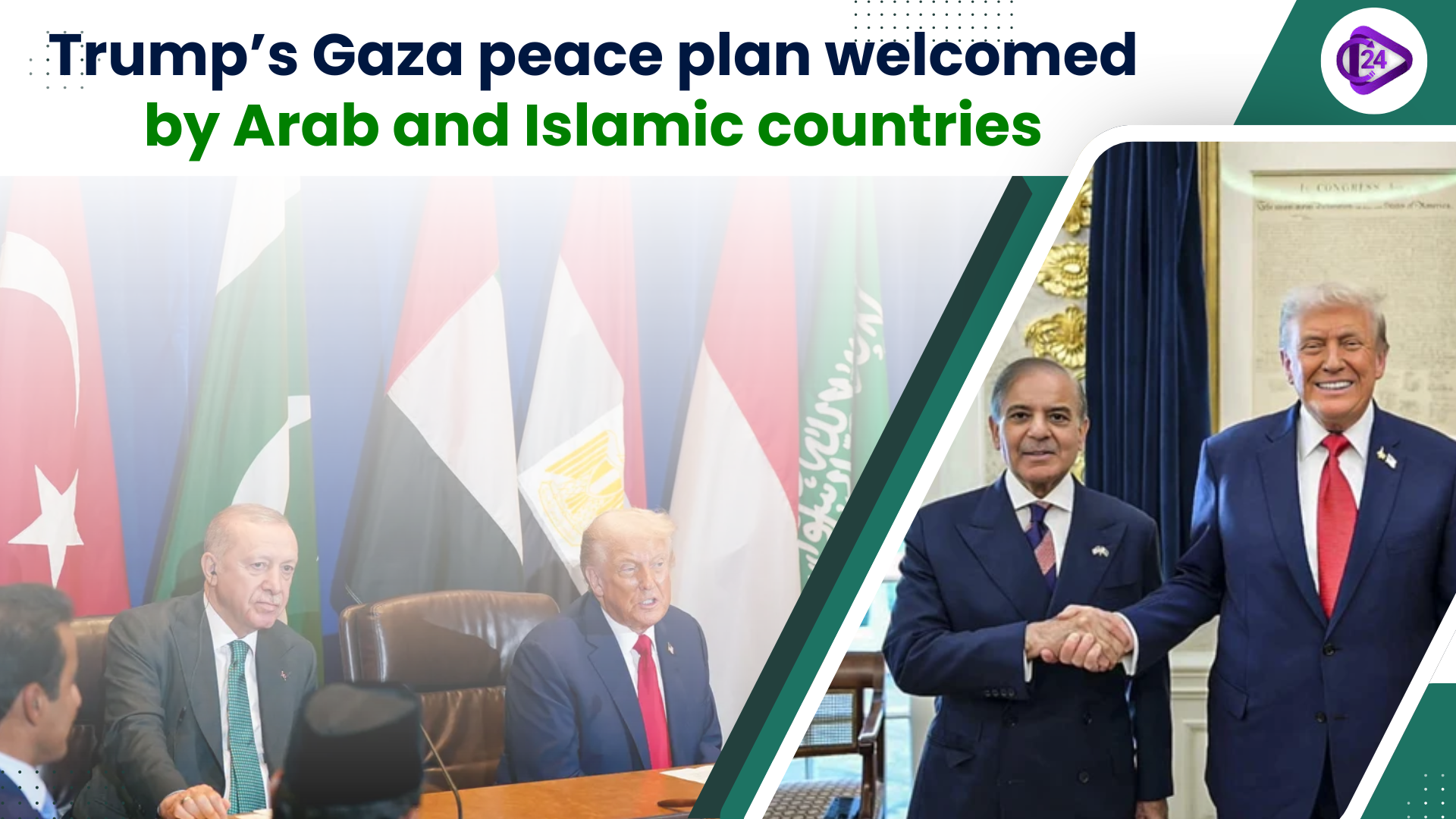
During the past decade, India and Pakistan have changed how they acquire weapons systems. India is now buying weapons from the West and Israel, lessening its age-old reliance on Russia. At the same time, Pakistan has turned more to China, dramatically lessening its reliance on buying arms from the United States. The new trend is a result of changes in geopolitics and the formation of partnerships in the region.
Context:
-
India is broadening its source of military equipment from Russia to France, the U.K., Israel, and the U.S., while Pakistan is turning more to China for weapons.
-
They mark a changing defence and diplomatic priorities for both countries.
Key Points
Who Supplies India’s Arms
-
Back in the 1990s, the biggest source of India’s defence imports was Russia which represented a mammoth 96.5% of all defence imports.
-
In the 2020s, Russia remained the main producer, but imports grew from France (accounting for 9%), the U.K. (5.5%), Israel (5%) and the U.S. (3%).
-
Advanced air power capabilities are being supplied to Arab countries by Western countries and Israel.
Pakistan’s dependence on China
-
The share of China’s weapons sold to Pakistan grew from 19% in the 2000s to almost all (95%) of its total arms imports in the 2020s.
-
In the last 20 years, the share of arms purchased by Pakistan from the U.S. dropped from more than 60% to just under 1%.
-
For more than three decades, China has been responsible for 50%-85% of Pakistan’s imported air power.
Effects of Operations and Today’s Battles
-
Both local systems and weapons obtained from Israel and Russia were used with success in Operation Sindoor.
-
The way the Indian Air Force controls the skies and carries out precise attacks on terror infrastructure demonstrates why a variety of imports is valuable.
-
Using Chinese PL-15 missiles and Turkish UAV signals changes in Pakistan’s arms purchases.
Worldwide Shifts in Arms Export
-
In the 2020s, the U.S. sold over 65% of all arms the world.
-
The decline in Russia’s stakes to 5% is a result, in large part, of political events like the Ukraine war.
-
China sells only 1.8% of the world’s arms, but a third of those go to Pakistan.
Strategic Implications
-
Becoming less dependent on Russia and supporting ‘Make in India’ is achieved through India’s diversification.
-
Pakistan’s support for China advances their partnership, though it makes the country more dependent on only one country for resources.
-
Such trends affect area security and show new changes in world powers joining forces.
Conclusion:
India and Pakistan’s changing weapons purchases are linked to wider changes happening in the region and the world. Buying from Western countries and Israel increases India’s defense, matching its self-made abilities. China and Pakistan are growing closer, yet there is a concern about how much one nation will depend on the other. Noticing these shifts helps us predict South Asia’s future in defence and diplomacy.



 Starmer arrives in India with a large business delegation in tow
Starmer arrives in India with a large business delegation in tow Nobel Prize in Physics 2025 Awarded to Three Leading Researchers
Nobel Prize in Physics 2025 Awarded to Three Leading Researchers Physiology & Medicine Nobel 2025: Winners, Discoveries, and Significance Explained
Physiology & Medicine Nobel 2025: Winners, Discoveries, and Significance Explained World Cotton Day 2025: International Awareness About Cotton and Its Benefits
World Cotton Day 2025: International Awareness About Cotton and Its Benefits India, Bhutan Approve First Rail Link Project
India, Bhutan Approve First Rail Link Project Trump’s Gaza peace plan welcomed by Arab and Islamic countries
Trump’s Gaza peace plan welcomed by Arab and Islamic countries India Beats Pakistan by 5 Wickets to Lift Asia Cup 2025 Trophy
India Beats Pakistan by 5 Wickets to Lift Asia Cup 2025 Trophy Jinali Mody Wins UNEP Young Champions of the Earth 2025 Award
Jinali Mody Wins UNEP Young Champions of the Earth 2025 Award First U.S. Artemis astronaut mission around the moon on track for April 2026
First U.S. Artemis astronaut mission around the moon on track for April 2026 India to Increase Energy Efficiency Target for COP30
India to Increase Energy Efficiency Target for COP30






